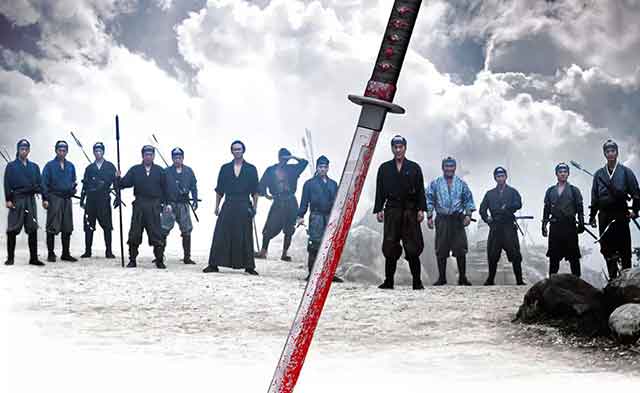
The plot of the drama "13 Assassins" is based on real events that happened in 1844 in Japan. The film's director Takashi Miike is considered one of the most prolific directors of modern cinema. At the same time, he is able to create films of different genres - musicals, thrillers, action films, historical films.
"13 Assassins" was filmed in 2010 and is a remake of the Japanese film, which at that time was already 47 years old. The remake was shot with great respect for the old film and boasts many interesting finds and high artistic merit.
The film is set in the Edo period. During this period, Japan experienced a cultural and economic upsurge. The country was moving from feudal fragmentation to a civilized state. Along with the feudal system, the era of the samurai also went into the past. But the leaders of the clans were still strong. They considered themselves sovereign masters in their territories and could commit acts of violence there at their discretion.
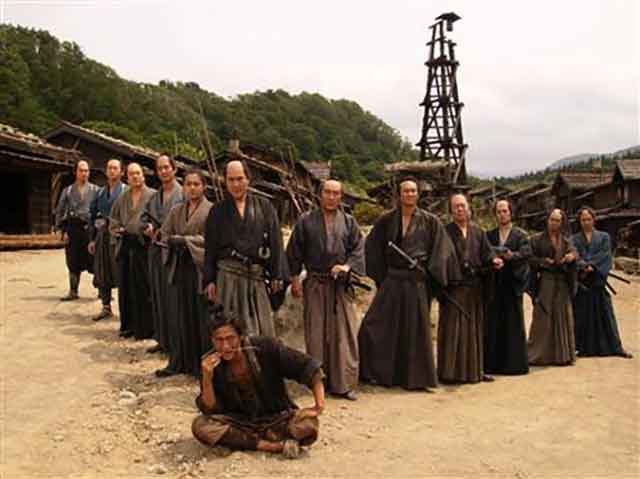
Naritsugu Matsudaira was the leader of the powerful Agashi clan. From his terrible atrocities - murders, rapes and terrible fanaticism, the officials of the shogun were horrified. But no one could do anything against Naritsugu, since the shogun was his older brother and had already appointed the assassin as his successor. Although the shogun did not like that his brother had such a bad reputation. Many vassals were also dissatisfied. One of them, out of desperation, decided on ritual suicide - seppuku. He committed this terrible act on September 5, 1844, in the early morning at the front gate of the estate owned by Doi, the shogun's adviser for justice. Vassal took this desperate step to draw the attention of the authorities to the excesses of the younger brother of the shogun.
But the shogun did not want to punish his brother, although everyone already understood that the excesses of the authorities were bringing chaos and ruin to the country, and even threatening the existence of the shogunate system itself.
The shogun's adviser has to make a difficult choice - he cannot object to the ruler, but he also does not want a cruel maniac to come to power. Then the adviser decided to hire one of the few samurai who still remained - Shinzaemon Shimada. The official asked the samurai to gather a small detachment and kill Naritsugu.
The murderer was given a secret death sentence, which was to be carried out by thirteen assassins specially trained for such missions. Each of these samurai had their own reasons for carrying out this sentence. Although it was almost impossible, Naritsugu was accompanied everywhere by a whole army of vassals loyal to him, ready to fight for their master to the death, moreover, armed to the teeth. The battle of a small detachment with such an army was tantamount to suicide.
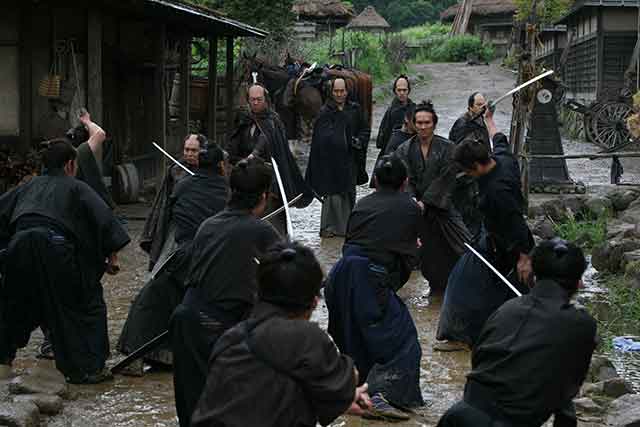
But Shimada devised and designed a trap for Naritsugu when he returned to his homestead from Edo Castle. The samurai decided at all costs to punish a high-ranking criminal for all the atrocities committed.
And if the first half of the film turned out to be relatively calm, then the second turned into a solid action. Noble and steadfast samurai, led by the cunning Shimada, among whom a crazy cripple peasant wormed his way, boldly fight with opponents. They choose a distant village where the villain with his army should appear, and literally at every step they build all sorts of traps, turning the settlement into a "village of death". Now 13 samurai are able to stand against an entire army.
The first viewers saw the film "13 Assassins" on September 9, 2010 at the Venice International Film Festival, where it was considered one of the contenders for the main prize - the Golden Lion. The film has also represented Japan at numerous other international film festivals.
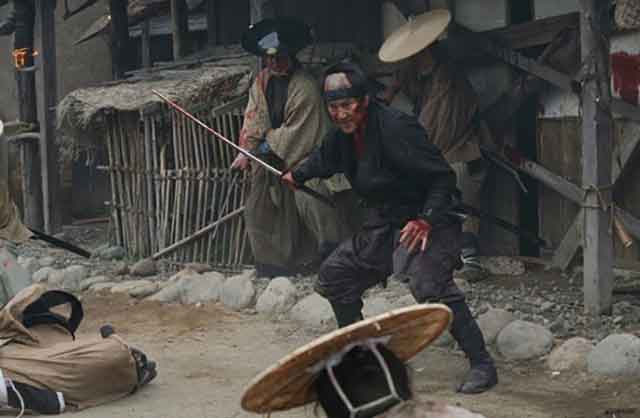
The Japanese Film Academy nominated the film for ten nominations. In four of them - "Best Artist", "Best Cameraman", "Best Light" and "Best Sound" the picture was awarded the victory. The film's artist, Yuji Hayashida, won the Asian Film Awards in the Best Artist category. This award is the Asian equivalent of the Oscars.
See also
-
Tatara Samurai
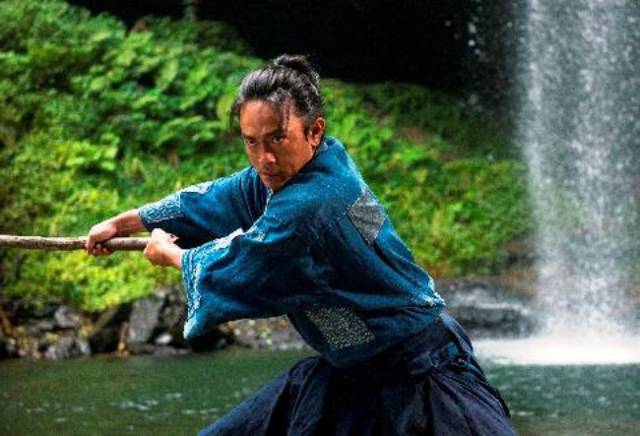
One day, bandits raid the quiet Tatara village, renowned for its steelworks and sword craftsmanship. Despite the arrival of samurai to protect the villagers, young Gosuke's mother is tragically killed while fleeing with him.
-
Samurai Fiction
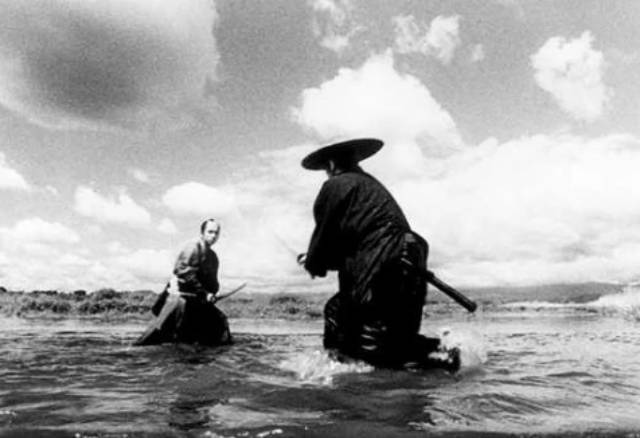
Samurai Fiction is a 1998 samurai-comedy film directed by Hiroyuki Nakano. The movie stands out for being filmed almost entirely in black-and-white, paying homage to classic jidaigeki samurai films. However, what sets it apart from its inspirations, including the works of Akira Kurosawa, is its modern twist, notably Tomoyasu Hotei's rock-and-roll soundtrack. A loose spinoff, Red Shadow, was released in 2001.
-
Rurouni Kenshin
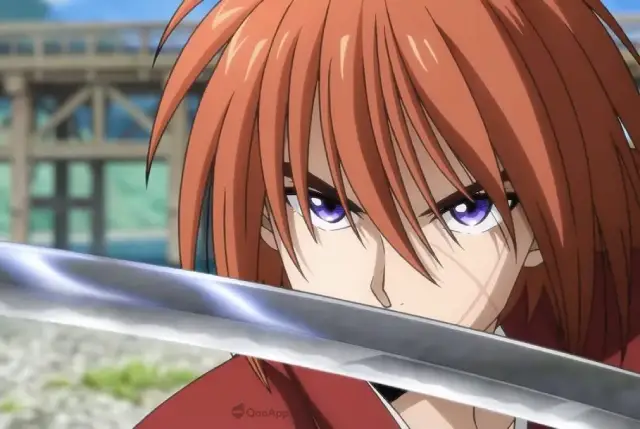
Rurouni Kenshin: Meiji Swordsman Romantic Story (Japanese: Hepburn: Rurōni Kenshin -Meiji Kenkaku Roman Tan-) is a Japanese manga series created by Nobuhiro Watsuki. Set in 1878, during the 11th year of the Meiji era in Japan, the story follows a former assassin known as Hitokiri Battosai. After his role in the turbulent Bakumatsu period, he adopts the identity of Himura Kenshin, a wandering swordsman who vows never to kill again. He dedicates his life to protecting the people of Japan. Watsuki crafted this series with the intent to create a unique shōnen manga, distinguishing it with a protagonist who is a former assassin and a narrative that becomes increasingly serious as it progresses.
-
Samurai Spy
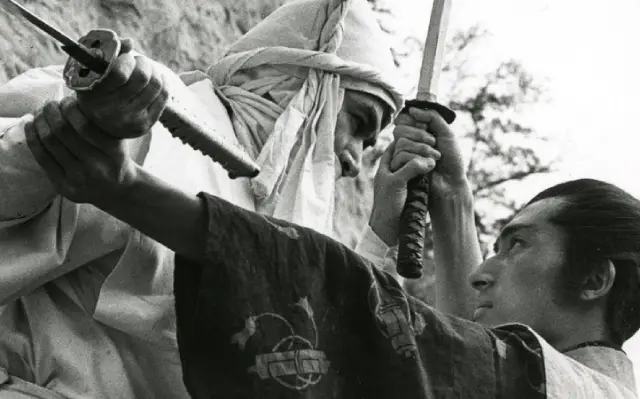
Samurai Spy (Ibun Sarutobi Sasuke), also known as Spy Hunter, is a 1965 film directed by Masahiro Shinoda, adapted from a novel by Koji Nakada. The film follows the legendary ninja Sasuke Sarutobi as he hunts the elusive spy Nojiri, while a shadowy figure named Sakon leads a group of men with their own designs on Nojiri. As the pursuit unfolds, the lines between allies and enemies blur, leaving everyone unsure of each other's true allegiance. Created during the height of the Cold War, the movie reflects the complexities and shifting loyalties of spies caught in the power struggles of their era.
-
Samurai III: Duel at Ganryu Island
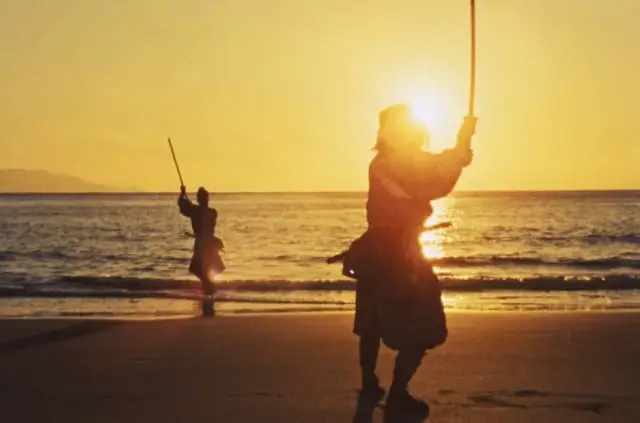
Samurai III: Duel at Ganryu Island (Japanese: Hepburn: Miyamoto Musashi Kanketsuhen: Ketto Ganryūjima) is a 1956 Japanese film directed by Hiroshi Inagaki and starring Toshiro Mifune. Filmed in Eastmancolor, it serves as the concluding chapter of Inagaki's Samurai Trilogy.
-
Samurai Marathon
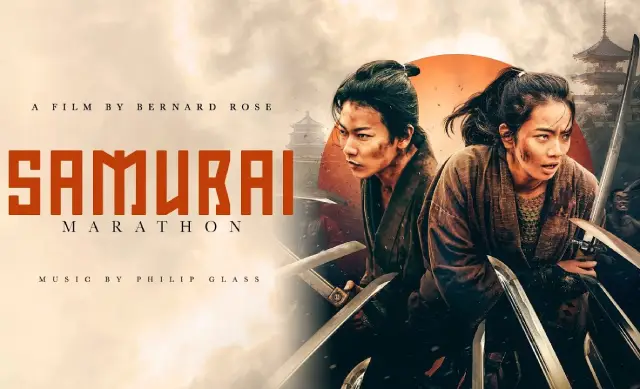
The producing team behind Takashi Miike's "13 Assassins," Jeremy Thomas and Toshiaki Nakazawa, reunite for another visually striking and action-packed samurai film. Based on a novel by Akihiro Dobashi, this film may not reach the same heights of relentless carnage or critical acclaim as its predecessor, but it still offers an exciting and occasionally humorous addition to the samurai genre, likely to resonate with festival audiences. This story of a literal running battle between rival samurai factions could see moderate success in theaters, though it may require more marketing effort without the ultra-violent appeal that made "13 Assassins" memorable.
-
Samurai II: Duel at Ichijoji Temple (1955)
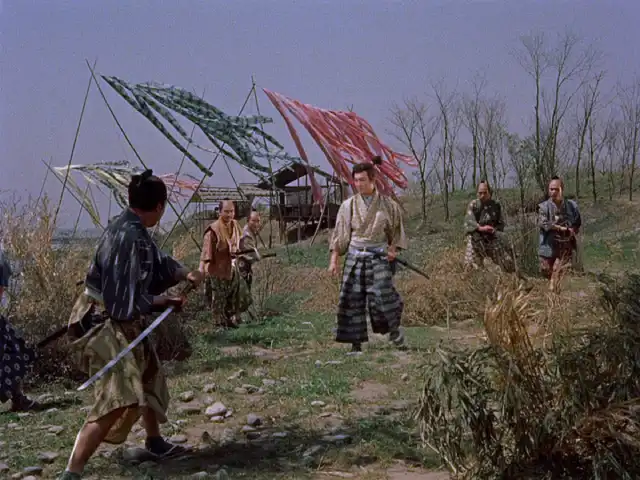
Duel at Ichijoji Temple (Hepburn: Zoku Miyamoto Musashi: Ichijōji no Kettō) is a 1955 Japanese film directed by Hiroshi Inagaki and starring Toshiro Mifune. Filmed in Eastmancolor, it is the second installment in Inagaki's Samurai Trilogy.
-
The Samurai I Loved (Semishigure)
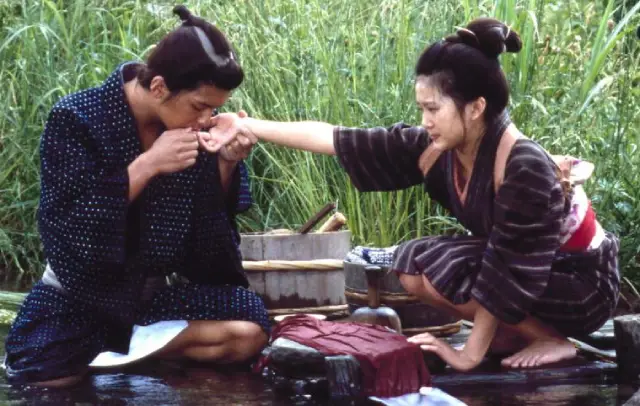
The costumes, settings, and script of The Samurai I Loved immediately transport samurai film enthusiasts back to the golden era of classic black-and-white samurai masterpieces.

